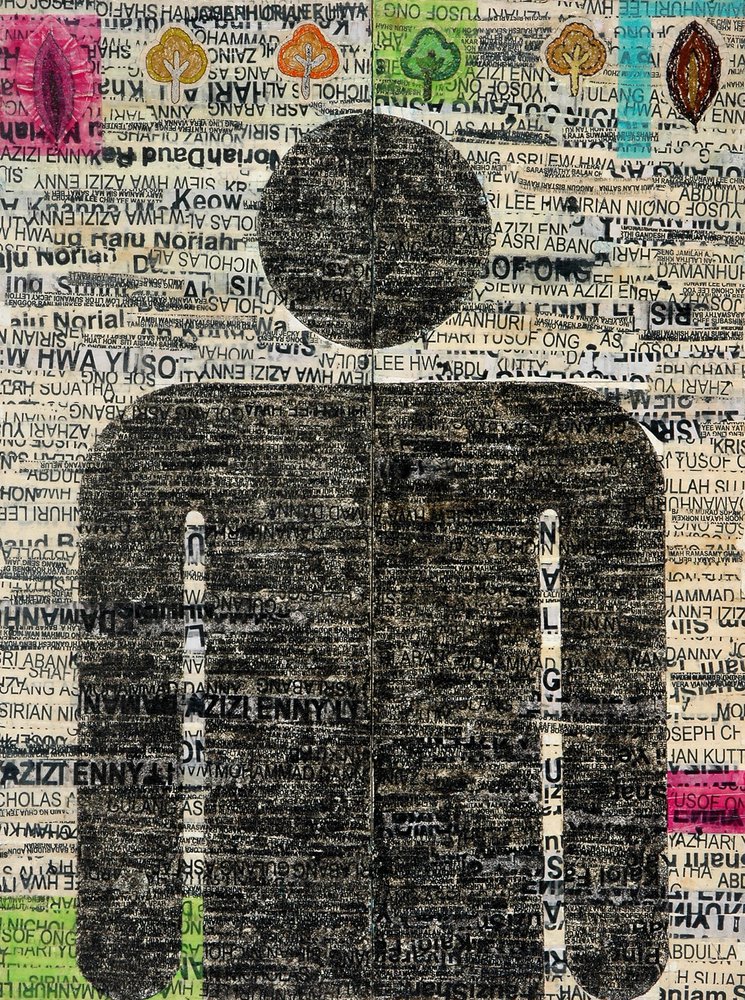
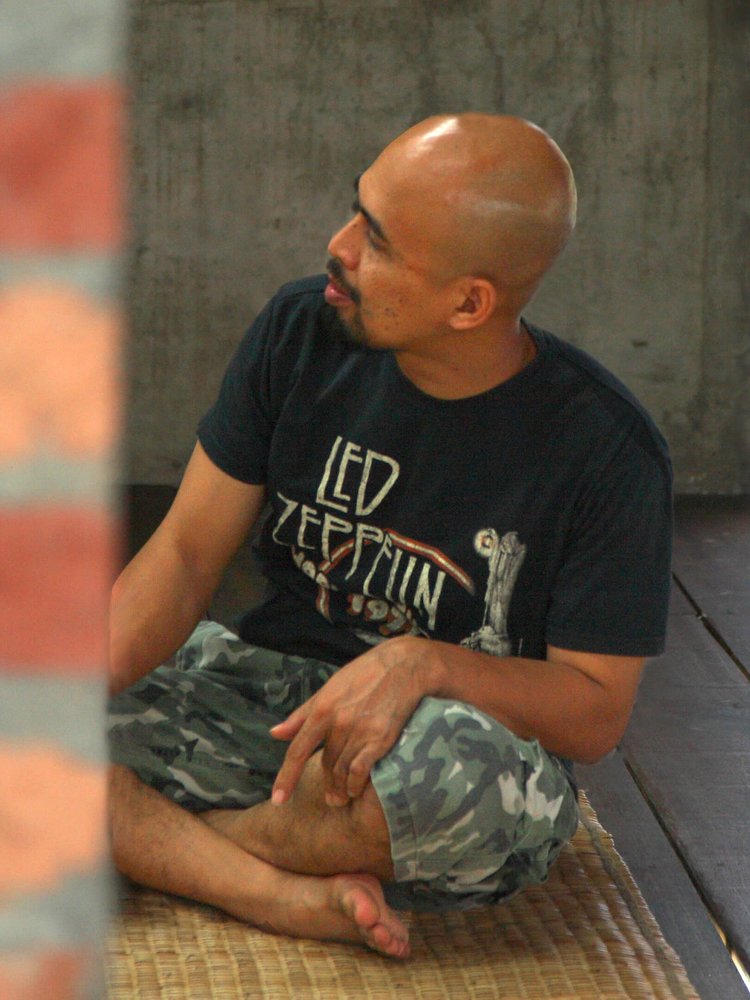
Ahmad Shukri Mohamed
Year of birth: 1969
Origin: Kelantan, Malaysia
About the artist
In Ahmad Shukri Mohamed’s works, there is a departure from the immaculacy of painting on canvas towards texture, three-dimensionality, and mixed media. His early works, for instance, do not possess the expressionist angst of his Matahati peers, but heightened explorations of material and form.
This can be seen in the artist’s Hope, Dishonest series (1988-90), final year works at UiTM. The series speaks of societal hierarchies and, as they are the earliest indications of the artist’s signatory style, offers a good point for contrast and examination. These collage works feature blends of pastel, acrylic paint, pencil, and stickers. In a work from 1990, images of children are included (recalling the paintings of war-stricken children that Bayu Utomo Radjikin produced during this period) to intensify the underlying message of social inequalities.
Marks done in a playful and unpolished way to resemble children’s’ scribbles, emphasize this theme. .
The incorporation of grid and demarcations also foretell Ahmad Shukri’s works to follow - the artist’s seminal cabinets and Camouflage II (1994) are examples.
The latter - from the artist’s Target series - comments on the exploitation of nature through silkscreen and a combination of material (chiefly the butterflies and other insects mounted in plastic frames). The wood in this artwork is specific to the type used in shipping boxes (demonstrating the contextual sensitivity Ahmad Shukri has for his materials). The theme is repeated in Tribute to Butterflies I (1998), which features a layering of cut-out canvas in the shape of the transitory creatures.
Unlike his Matahati peers who worked closely with local theatre group Centrestage, Ahmad Shukri spent the formative years as an assistant to Fauzan Omar. The senior artist, one of the principal exponents of mixed media and materialism in the 1990s, left an indelible impression on Ahmad Shukri. The experience informed the young artist’s methodology of deconstructing the canvas or surface, and influenced him, since the late 1980s, to adopt collage as his preferred method.
Another key feature in Ahmad Shukri’s work is the artist’s choice of popular imagery and recognizable motifs. Commonplace icons and motifs – butterflies, fish, batik, chess pieces, or the typefaces and brand logos in the Fitting Room (2005) and Kedai Hiburan (2006) series respectively – allow him to connect with his audiences, explains Ahmad Shukri.
The term, ``international style’’, has been applied to his artworks; they have a universality and accessibility that is far-reaching.
Social messages pulsate under the glossy varnish of his works. The ills of modern entertainment, for one, is tackled in the aforementioned Kedai Hiburan series. His Fitting Room series essays the artist’s disdain for instant celebrity (it is as easy as trying on new clothes, he says) and rise of reality TV shows.
Indeed, Ahmad Shukri’s general criticism of superficial ways in urban areas can be traced to his childhood in Kota Bahru, Kelantan. In the Boy & Girl series (2001), for example, Ahmad Shukri uses signage to depict the polarities between kampung and city life.
In urban areas, he notes, people communicate via signs (that have the capacity to lie). Rural folk are more dependent on human communication.
In the artist’s seminal Tapir Crossing series, produced in conjunction with the inauguration of the patisatustudio (shared with his wife and fellow artist, Umibaizurah Mahir), the artist laments man’s interference with nature, highlighted by the death of a tapir. In Bersatu Teguh Bercerai Roboh (2002), on the other hand, Ahmad Shukri uses a popular proverb (“united we stand, divided we fall”) to comment on the Kampung Medan incident of March 2001, an intercommunal clash after a misunderstanding over a wedding and a funeral.
To the artist, the matter was blown out of proportion. His aptly large canvas lists names (taken from the telephone directory), layered upon each other, to form the basis of the work. The cutaway circles reveal hidden patterns, or a clandestine layer.
Without each other (the top and bottom layers), the work would be incomplete, and the background for the bunga raya, Malaysia’s national flower, barren.
Personal experiences have also found their way into Ahmad Shukri’s artworks. Timer Bomb (2007) is highly poignant, as it deals with the brief yet upsetting illness of his eldest son, Adam; actual Electrocardiogram (ECG / EKG) prints are visible, alongside text from Adam’s medications, ocean waves that denote tumultuous times and the great tsunami that struck in December 2004 tragedy.
Tragedy is a silent and stealthy enemy.
There is a more uplifting theme in a likely companion piece, Adam vs. Astro-naut (2007). It depicts Adam smiling, juxtaposed with the floating figure of an astronaut amidst planets and dark space – a composition that pays homage to senior Malaysian artist Ibrahim Hussein’s painting, My Father and the Astronaut (1969). Ahmad Shukri’s most recent works are less cluttered with images, revealing more exposed background and splotches or drips of paint.
Education
1991Bachelor Of Art
Universiti Teknologi Mara (Uitm) Malaysia
Artworks
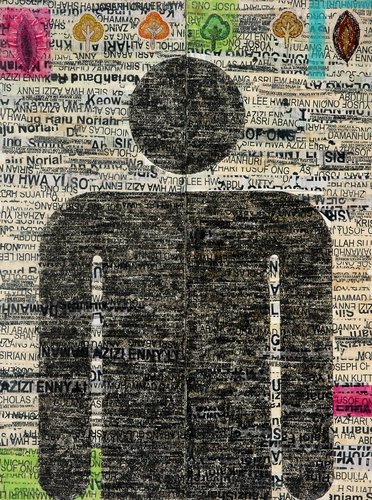
Boy (2002)
Ahmad Shukri Mohamed

Girl (2002)
Ahmad Shukri Mohamed
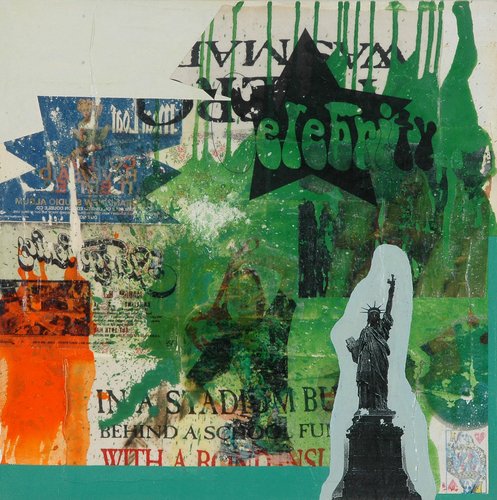
Fitting Room 9 (2005)
Ahmad Shukri Mohamed
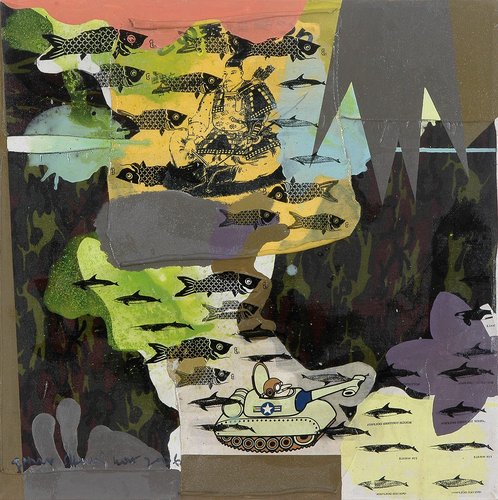
Kedai Hiburan 2 (2006)
Ahmad Shukri Mohamed
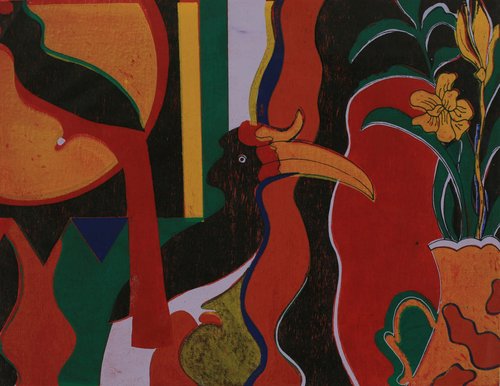
Kesatuasan II: Happy Birthday Farouk (1990)
Ahmad Shukri Mohamed
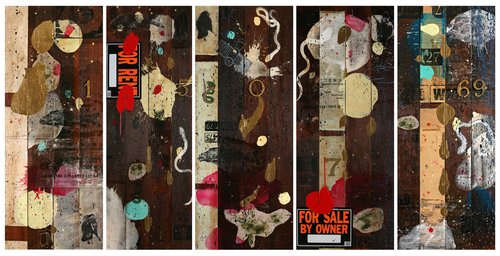
1 (2008)
Ahmad Shukri Mohamed
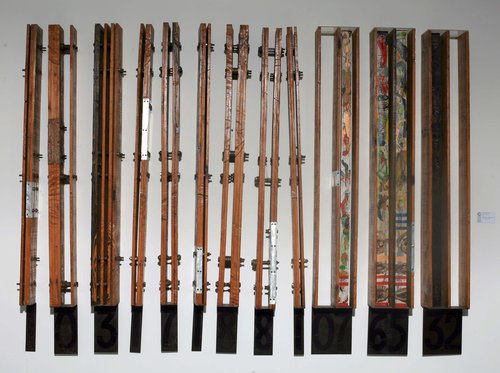
I (1996)
Ahmad Shukri Mohamed
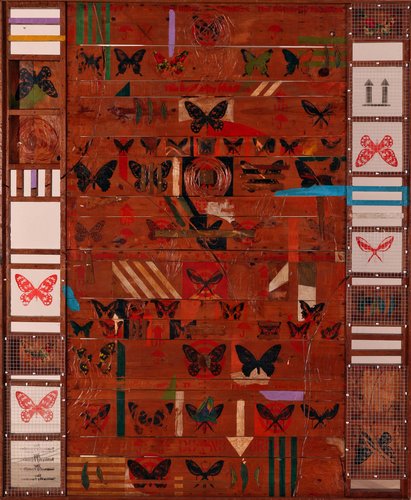
Camouflage II (1994)
Ahmad Shukri Mohamed
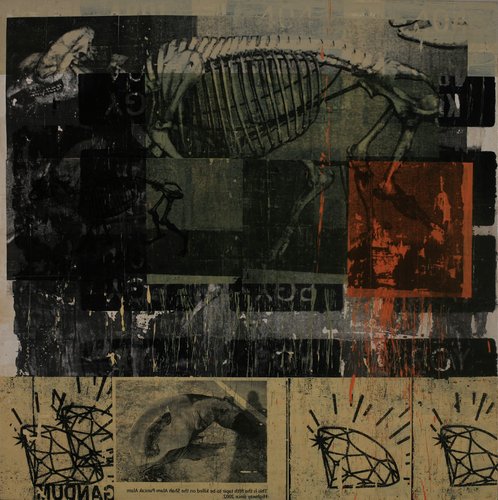
Lost Diamond IV (2007)
Ahmad Shukri Mohamed
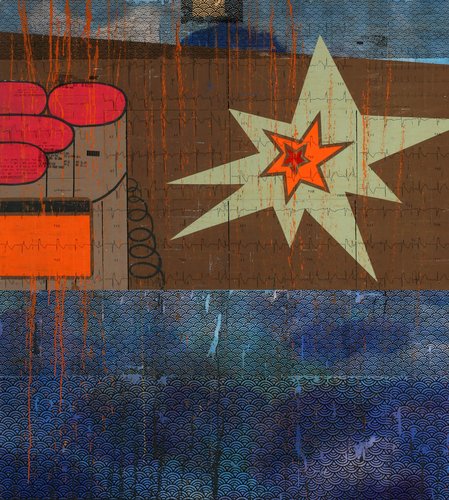
Timer Bomb (2007)
Ahmad Shukri Mohamed
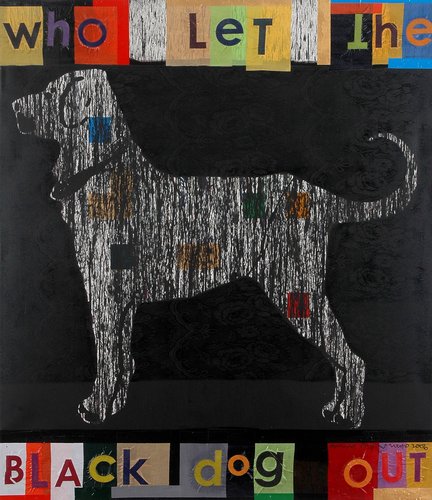
Who Let The Black Dog Out II (2006)
Ahmad Shukri Mohamed
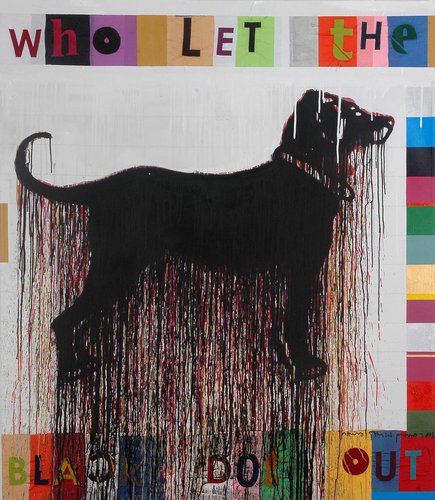
Who Let The Black Dog Out I (2006)
Ahmad Shukri Mohamed
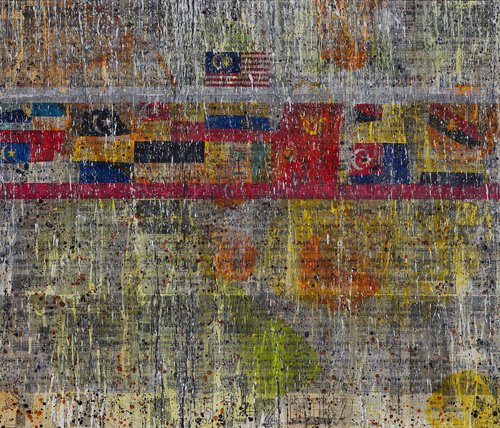
The Wall (Negaraku) (2007)
Ahmad Shukri Mohamed
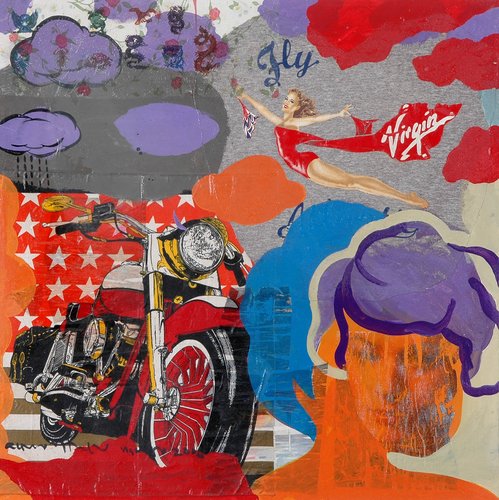
Kedai Hiburan Series: 1 (2006)
Ahmad Shukri Mohamed
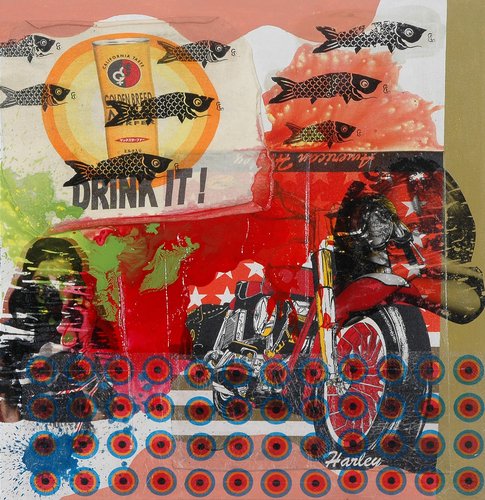
8 (2006)
Ahmad Shukri Mohamed
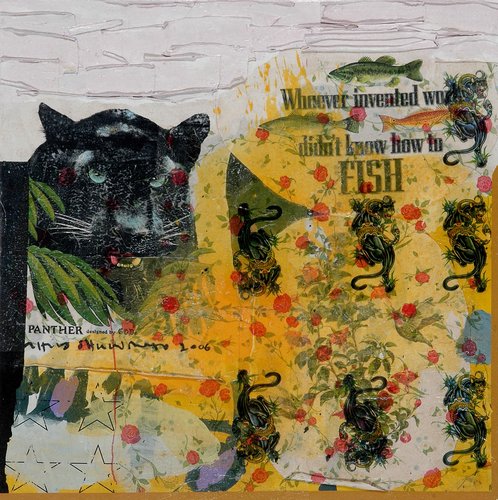
14 (2006)
Ahmad Shukri Mohamed
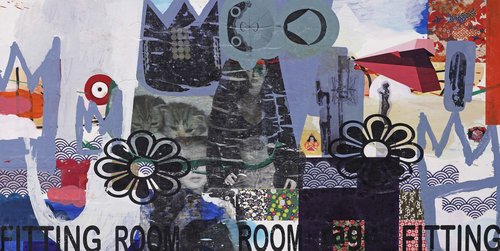
15 (2005)
Ahmad Shukri Mohamed
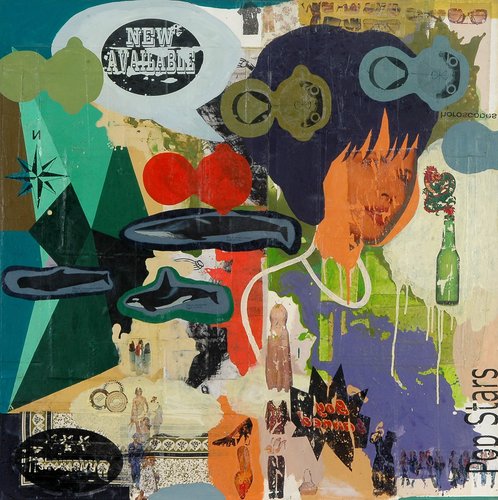
11 (2005)
Ahmad Shukri Mohamed
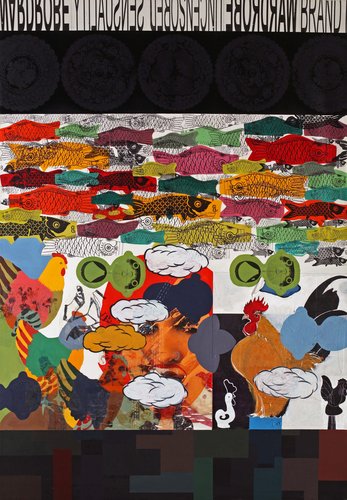
4 (2005)
Ahmad Shukri Mohamed
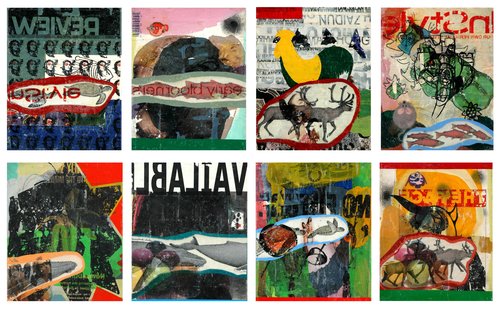
5 (2005)
Ahmad Shukri Mohamed
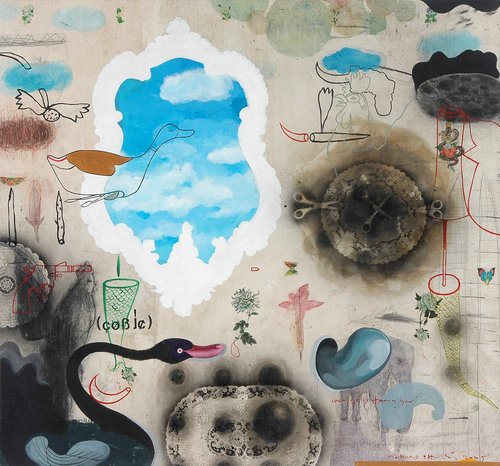
Mencari Taming Sari (2005)
Ahmad Shukri Mohamed
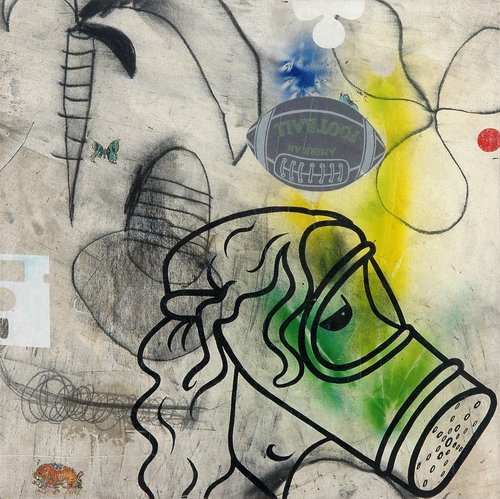
10 (2003)
Ahmad Shukri Mohamed
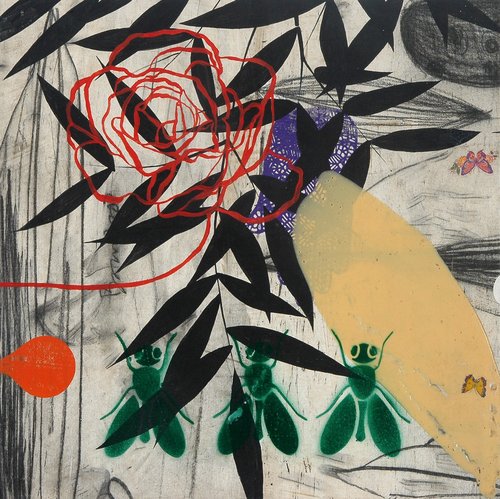
9 (2003)
Ahmad Shukri Mohamed
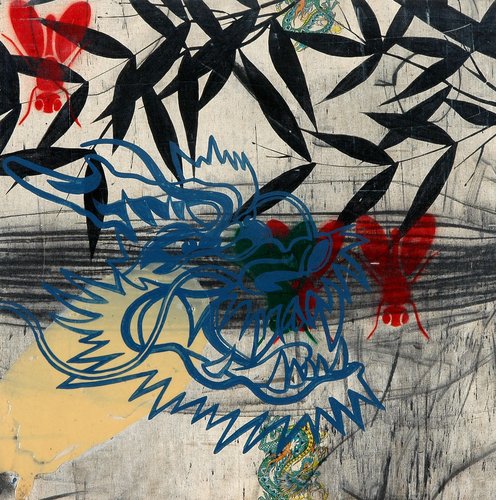
8 (2003)
Ahmad Shukri Mohamed
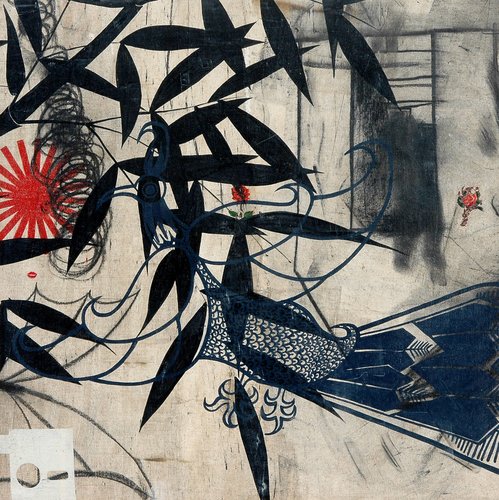
7 (2003)
Ahmad Shukri Mohamed
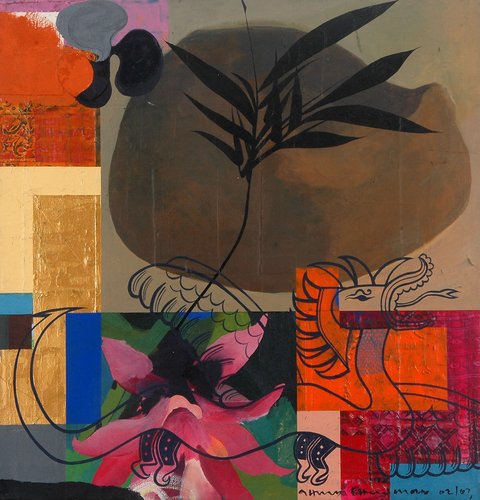
Seed (2003)
Ahmad Shukri Mohamed
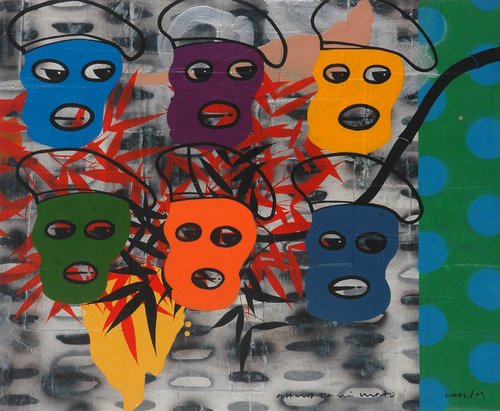
Six Faces (2002)
Ahmad Shukri Mohamed
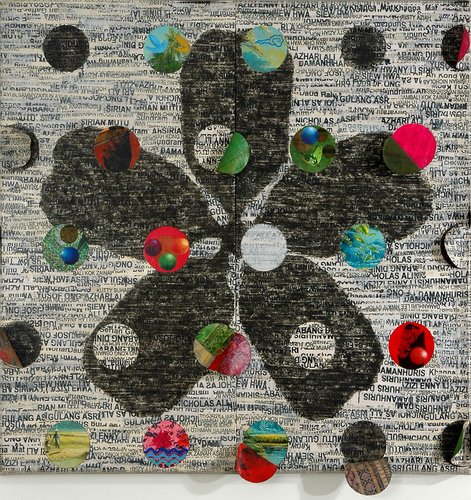
Bersatu Teguh Bercerai Roboh (2002)
Ahmad Shukri Mohamed
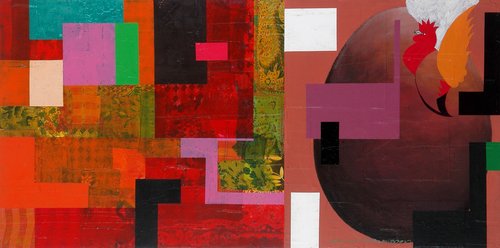
Incubator Series (2002)
Ahmad Shukri Mohamed
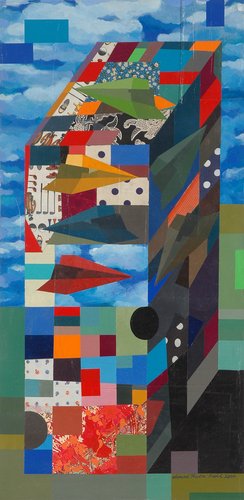
Box Series (2000)
Ahmad Shukri Mohamed
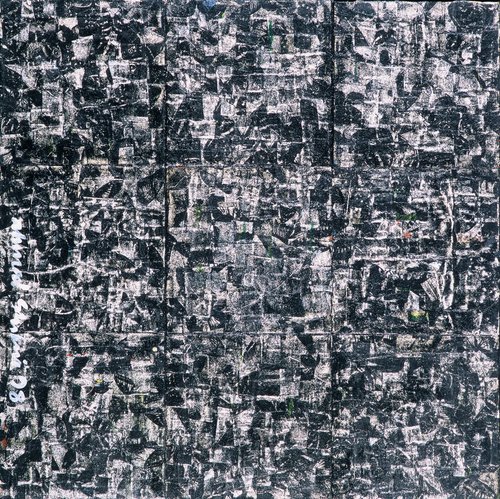
Tribute To Butterflies II (1998)
Ahmad Shukri Mohamed
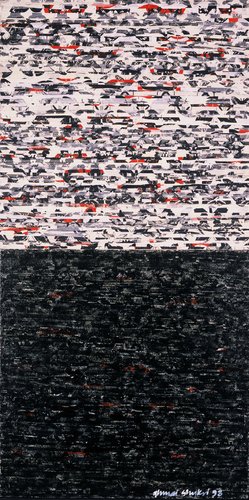
Tribute To Butterflies I (1998)
Ahmad Shukri Mohamed
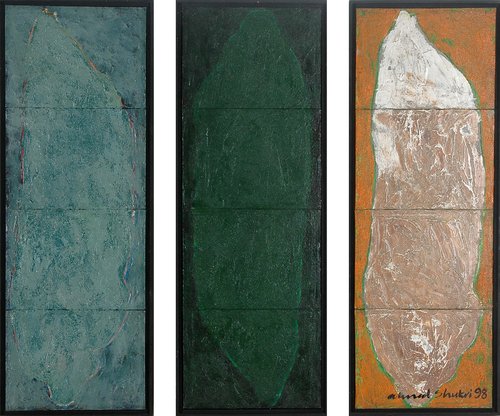
Three Cacoons (1998)
Ahmad Shukri Mohamed
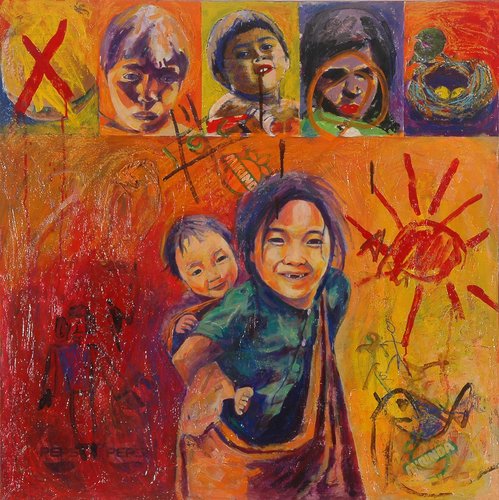
IV (1990)
Ahmad Shukri Mohamed
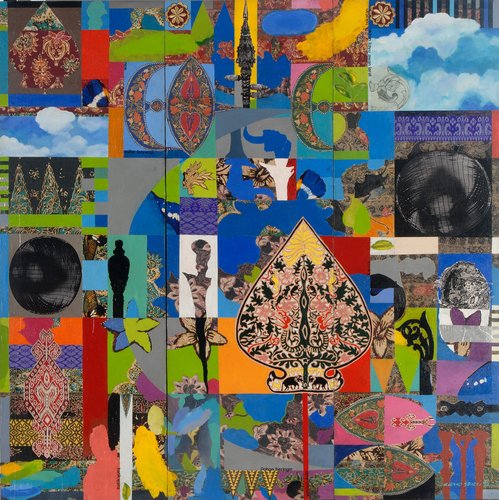
Heritage (1997)
Ahmad Shukri Mohamed
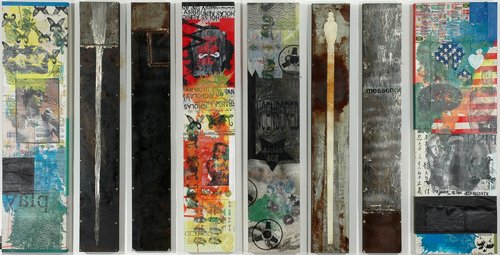
Messenger III (2005)
Ahmad Shukri Mohamed
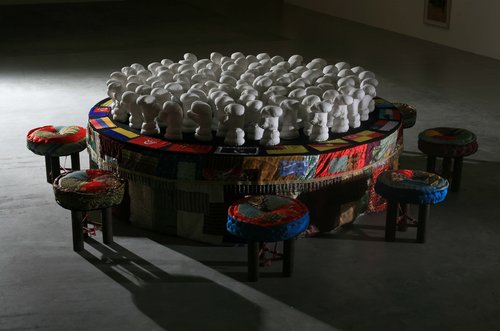
Sidang Rakyat (The People's Forum) (2002)
Ahmad Shukri Mohamed
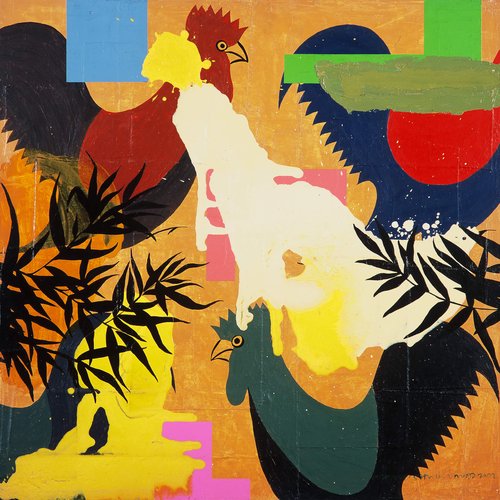
Rooster Berlari (2002)
Ahmad Shukri Mohamed
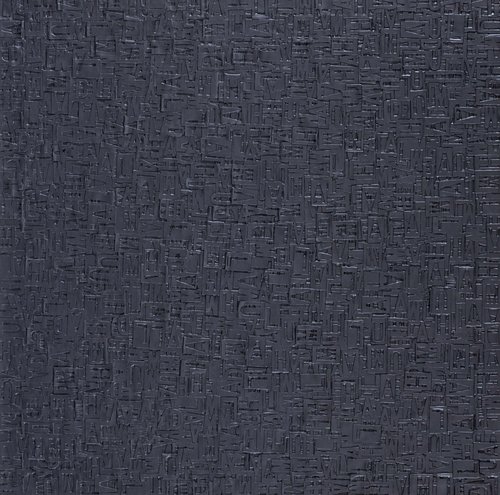
Cinta Teragung (2010)
Ahmad Shukri Mohamed
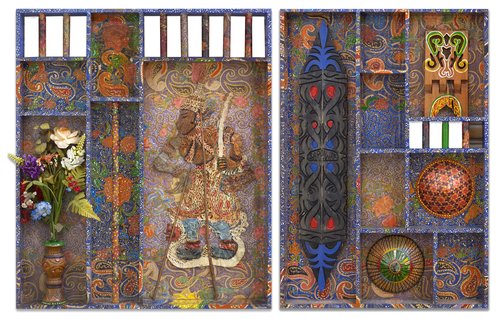
Rupa Dan Jiwa (1993)
Ahmad Shukri Mohamed
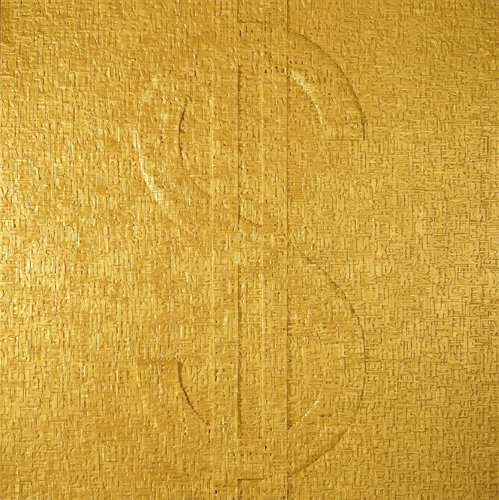
The King $ (2011)
Ahmad Shukri Mohamed
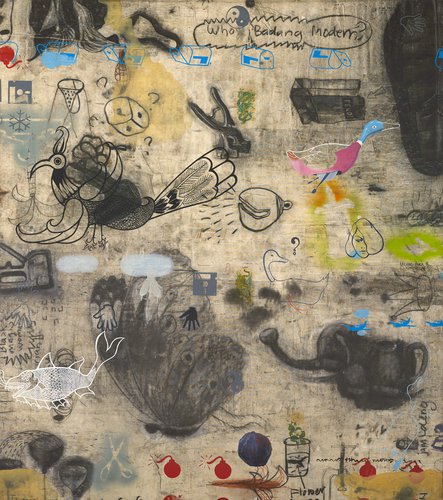
Who Is Badang Modern (2003)
Ahmad Shukri Mohamed
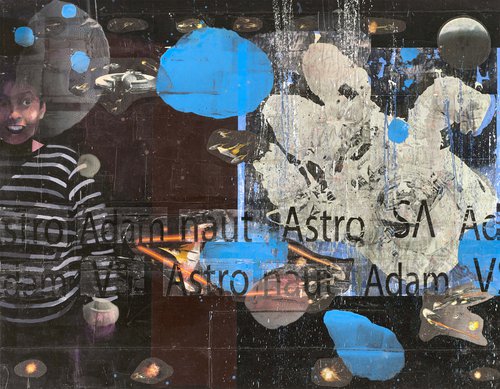
Adam Vs Astro-Naut (2007)
Ahmad Shukri Mohamed
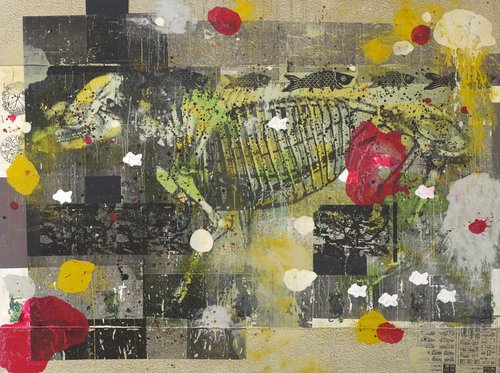
Lost Diamond II (2007)
Ahmad Shukri Mohamed
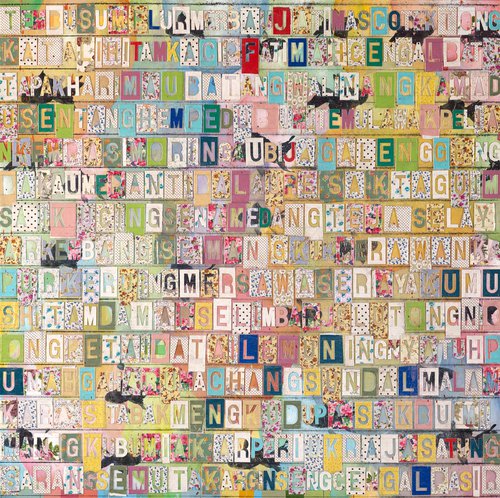
Untitled (2014)
Ahmad Shukri Mohamed